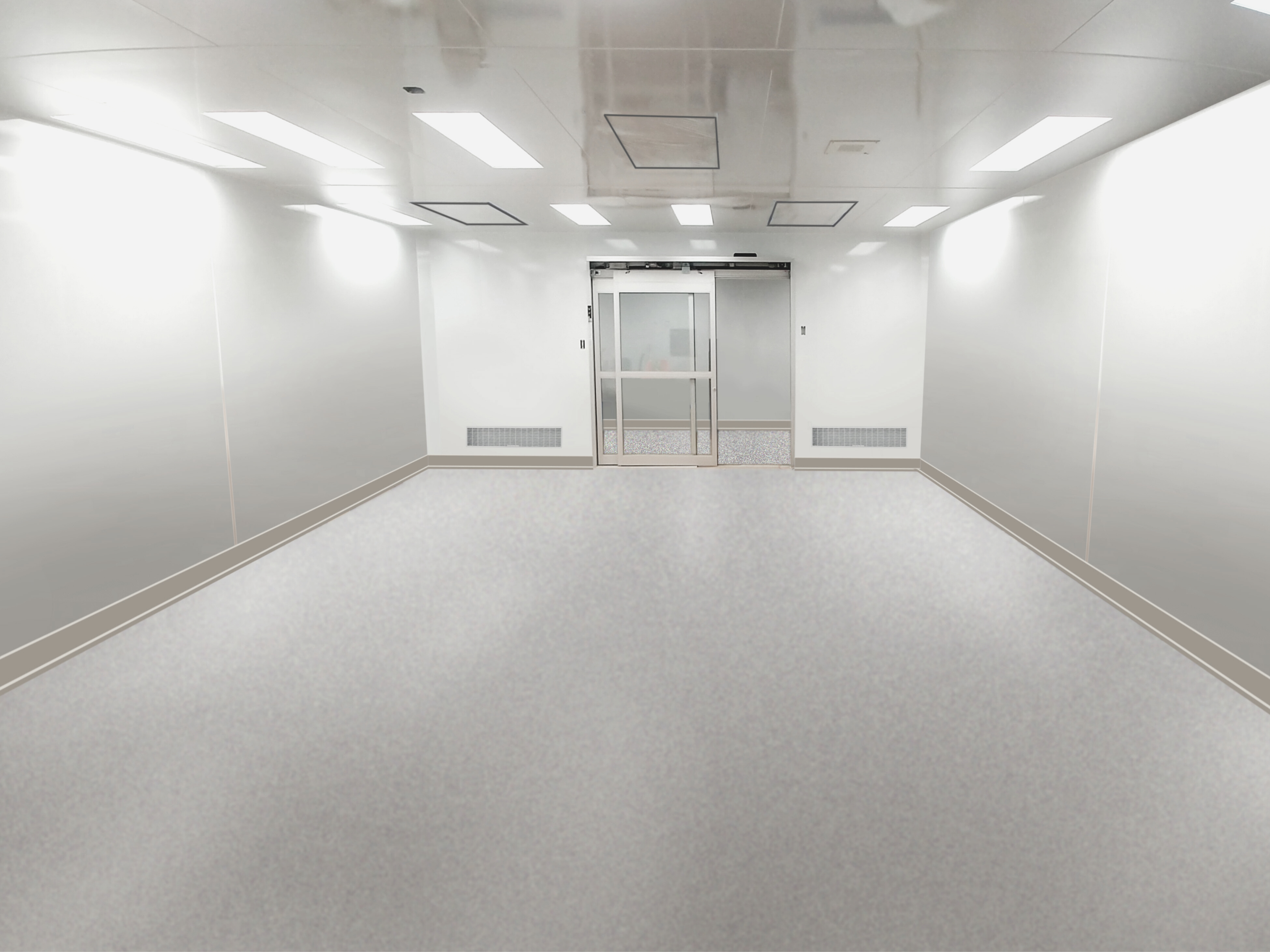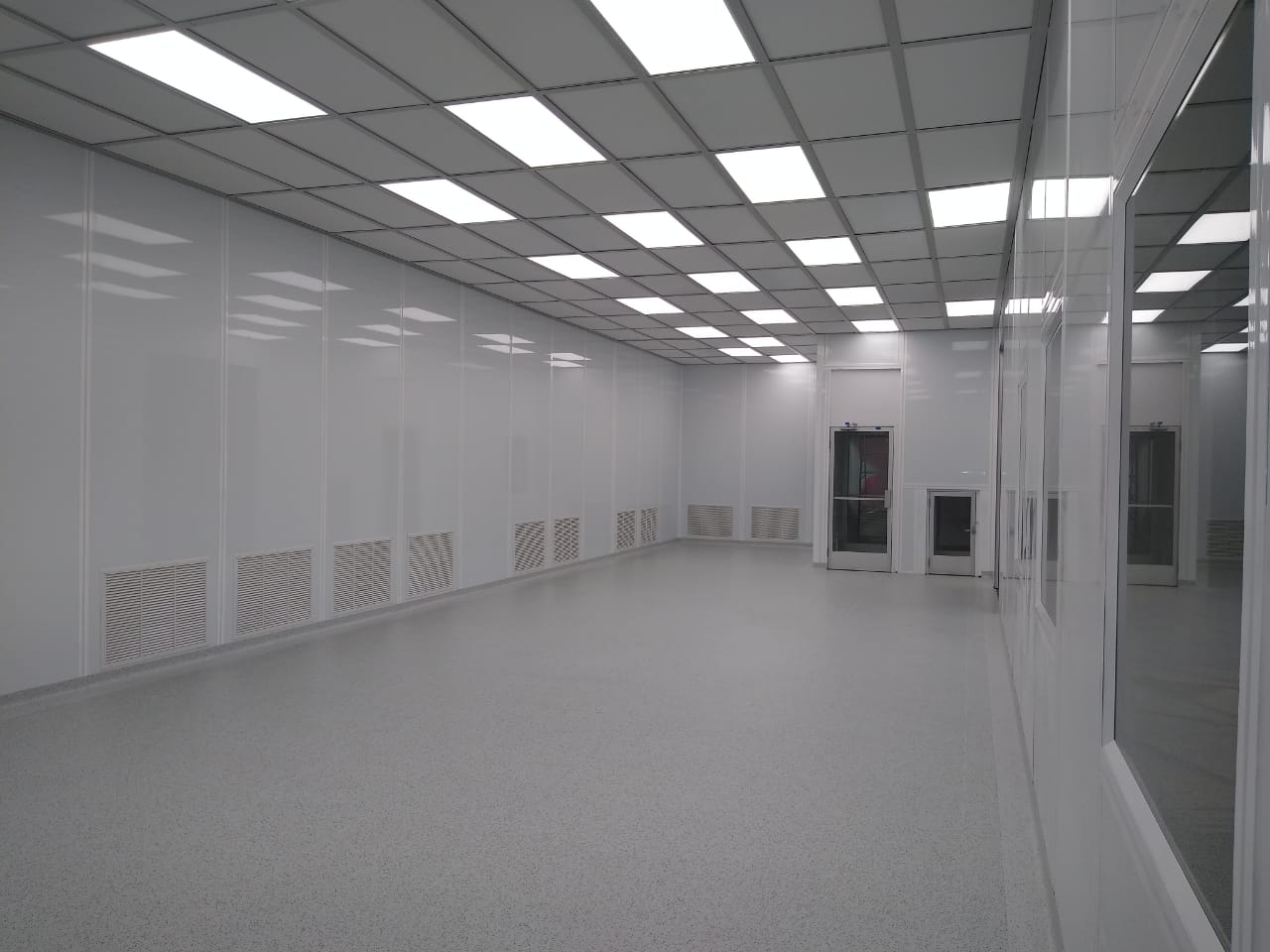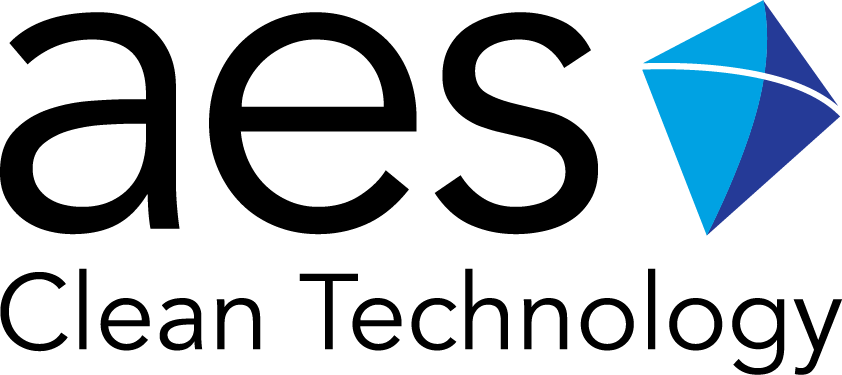Cleanroom builders and construction material manufacturers in the US canvassed for this article reported double-digit growth in 2019 over the previous year. The driving force behind this growth is increased demand for cGMP facilities, with hi-tech projects coming in second place with a steady flow of projects. Everyone named the futuristic cell and gene therapy (CGT) sector as the segment opening new business opportunities for cleanroom construction, both lucrative and challenging.
“The cell and gene therapy boom has greatly affected the demand for new cleanroom construction because the stem cell industry is divided into three different applications: research, target identification, and cell and tissue banking,” explained Katie Kalafatis, CEO of California-based Clean Air Solutions.
These new bio-industrial laboratories, Kalafatis explained, must follow the same guidelines as other cGMP facilities that are regulated by the FDA: all new construction must certify under multi-class ISO 14644-1 requirements, and also must maintain all National Safety and Quality Health Standards (NSQHS). “Most of these facilities include between 4,000 and 10,000 sqft of cleanroom lab space. The size and complexity of their sterile cleanroom requirements ensure a significant amount of work and growth for our business,” she said.
Everybody would like to save energy, but they need to maintain FDA validation
Maik Jornitz, President and CEO of G-CON Manufacturing, pointed to shortcomings in capacity among contract manufacturing organisations as the reason most CGT companies are now looking to have their own manufacturing capabilities. “These capacity requirements need to be fulfilled rapidly, in time, and on budget. To do so, new cleanroom infrastructure is needed, which leads most of these companies to off-site prefabrication and pre-qualification,” he said.
Being a “boom”, companies emerging with a CGT focus are naturally building infrastructure. Still, the investment is also coming from pharmaceutical companies on the market as they expand to meet the demand in the sector. In any case, the pressure is on cleanroom builders to be able to deliver projects quickly. “This ‘boom’ has created a greater need for accelerated project delivery of small footprint cleanrooms for smaller-scale biomanufacturing platforms,” said Ralph Melfi, VP Sales & Marketing at AES Clean Technology. “This has resulted in potentially less overall square footage but more projects,” he noted.

A Mecart ISO Class 7 cleanroom for electric components
Whatever the project size, the challenges remain the same throughout the industry. Production Automation Corporation (PAC), for example, completed a 10K sq ft cleanroom for next-generation cell culture device processing in 2019. “Building a large footprint cleanroom on a tight schedule is not only high-commitment, but also technical, and easily overwhelming," Jim Hartley, Cleanroom Construction Specialist at PAC, commented.
Hartley noted that new facilities require simultaneous builds and infrastructure upgrades, including HVAC and electrical, but also new offices, warehousing, and storage. “To ease cleanroom market entry for new companies, a PAC cleanroom specialist curates almost every core component, oversees delivery, and schedules workflow. Because PAC coordinates every stage, we're able to guarantee a production-ready cleanroom, and get them working faster with local consumable and equipment delivery.”
New approaches
Modular build and energy efficiency, the leitmotif of the cleanroom industry for quite some time, is no longer a trend but a necessity amid the ever-increasing pressure on companies to demonstrate their “green credentials”. The solutions that companies are bringing to the market in response to these requirements are becoming more and more innovative. “Advances in the technology around flow rates and filtration are key to making cleanrooms more energy-efficient,” said Ron Tosh, Chief Operation Officer at the Ant Group. “Cleanrooms use a vast amount of energy and to be able to reduce this with no detriment to performance is key moving forward.”
CGT boom has resulted in less overall square footage but more projects
CleanAir Solutions' CEO said many manufacturing companies are creating policy instruments for decarbonising their facilities to respond to the effects of climate change. For this reason, Kalafatis' company introduced more energy-efficient design improvements to its modular construction offering. The most significant of these improvements is the integration of AirLink Environmental Monitoring Control system.
“One of the challenges of operating a cleanroom is that it cannot be turned off. To keep a cleanroom at the class level it was designed for, the localised fan filters must constantly be moving air (creating air changes) to prevent dust particles from settling. By adding the control system to the room, it allows for a reduction of energy output by modulating the fan speeds based on data collected through multiple particle sensors inside the cleanroom. This on-demand approach reduces the energy output of a standard cleanroom system by nearly 50%,” Kalafatis explained.
Beyond technology
Marc Montpetit, Director of Sales and Marketing at Clean Rooms International, confirmed seeing demand for control systems and emphasised the advantages of it. He said this technology affords clients the ability to remotely setback the fan filter units during off-hours to achieve some energy savings. “Additionally, we have significant demand for our SAM ECM (electrically commutated motor) fan filter units,” he pointed out. While equipment is key, businesses also realise technical knowledge plays a fundamental role. “Yes, we see the need to learn more about operating expenses, controlling these expenses and therefore looking into more compact and energy-efficient systems,” commented Jornitz.
For the G-CON CEO, large mezzanine levels and convoluted ductwork do not meet the desired energy savings. “Customers look into the reduction of energy consumption due to temperature deviations, ductwork leaks, pressure losses due to ductwork and equipment, and the potential to reduce air changes when the cleanroom is not in use,” he explained.

Clean Air Solutions' build of a car manufacturing facility in Monterrey, Mexico
For Tosh, choosing the correct HVAC for specific projects is key, and can mean a reduction in flow rates to allow for non-operational hours without de-validating the classification but reducing energy consumption considerably. He explained: “Where ever possible we use energy-efficient handling units and filters and work closely with a specialist renewable energy solutions company to provide renewable energy sources to achieve substantial and sustainable energy reduction gains for our clients.”
Maximising the design efficiency of HVAC zoning and efficient treatment of outside makeup air is the focus at AES Clean Technology. “As we reduce recirculated air changes, we cannot lose sight of CFU (viable particles) control and proper pressure cascading. Conditioning outside air is one of the highest operational facility cost factors for owner consideration. We've accomplished lower energy consumption rates two-fold, first by utilising our engineering expertise to accomplish the proper CFU for various processes, and also by innovating new components that consume less energy while giving off the same or better performance,” he said.
Due to the importance of the topic of energy efficiency has been taken up by industry standards, such as the newest ISO 14644-16:2019(en). However, Anthony Chien, Founder President of American Cleanroom Systems, commented that the market is yet to see its guidance in action. “We haven't really seen the impact of ISO recommendations [on this topic]. Everybody would like to save energy, but if they need to maintain 10% or 30% humidity -/+5 [for FDA validation] they don't care how much energy it will take up, but do it,” he said.
Energy efficiency is a challenge that has generally gone unaddressed for cleanrooms
Mecart's Charles Lipeles, VP of US Business Operations, admitted energy efficiency is a challenge that has generally gone unaddressed for cleanrooms. “We have some exciting things that we are working on for 2020,” he enthused.
Kimberly-Clark Professional's Kimtech brand is known for having a “circular economy” approach when it comes to cleanroom consumables. Jennifer Shaffer, US Marketing Leader for the brand, explained: “Cleanroom consumables suppliers have a responsibility to help reduce waste and drive innovation that increases the sustainability of their offerings. One way that Kimberly-Clark Professional is doing this is through the RightCycle Programme.”
A groundbreaking service, Shaffer said, the RightCycle programme enables customers to collect previously hard-to-recycle items, such as Kimberly-Clark Professional nitrile gloves, safety eyewear, and single-use apparel items, and have them turned into new consumer goods.
Challenges ahead
It is clear that in the US, cleanroom markets will continue to grow due to the increased demand in the healthcare sectors through 2020 well beyond.
Kalafatis commented: “With vaccines becoming increasingly critical to minimising global health threats, such as the coronavirus, I see mobile cleanroom trailers becoming even more in demand internationally. Outside of the healthcare markets, I think we will see a rise in cooperation between companies looking to [make] products in Mexico and Canada. The facilitation of the new Usmca trade deal has opened up a better channel for shipping goods into those regions. There is a great need for cleanroom construction to be able to support car manufacturing production in Mexico,” she suggested.
I see a general trend of more industries starting to use cleanrooms as they see the benefit of having a controlled
Talks on new market opportunities going forward pointed to the many different sectors that reply on cleanroom technology. Clean Rooms International's Montpetit, commented: “The tech industry continues to be strong and we have several opportunities on the horizon. We expect continued growth in pharmacy cleanroom renovations and construction to comply with USP guidelines. Regulation hasn't necessarily been implemented in the “growing” cannabis industry; however, the larger operations are adopting best practices by including cleanroom environments in their buildouts.”
Feedback on new market opportunities going forward pointed to the need for compliance with regulatory updates, such as the new 503B section of the FDA, a framework implemented for compounding pharmacies wanting to operate as a registered outsourcing facility, in which case cGMP criteria applies. But there is also an emerging trend: cleanrooms being used for new applications industries never seen before.

Clockwise from top left: Ralph Melfi, Maik Jornitz, Charles Lipeles and Katie Kalafatis
“I see a general trend of more industries starting to use cleanrooms as they see the benefit of having a controlled environment where they can operate to increase the yield; for example, coatings and painting, lamination, the printing and 3D printing industries. Any sector that is sensitive to contamination and cleanrooms can improve the yield,” said American Cleanroom Systems' Chien.
For Mecart's Lipeles, business opportunities going forward will continue on a “one-stop-shop” offering from the company. “We see continued opportunities for turnkey modular companies that can offer a customer a “one-stop” solution to help them design, engineer, manufacture, and install a cleanroom at home or abroad,” he said.
Ant Group's Tosh said new opportunities are coming from specific needs for consumables. “We have invested considerably in consumables due to increased customer demand, specifically white label versus brand as customers look to form, fit and function while simultaneously reducing their purchasing costs,” he explained.
At a time of writing, the coronavirus outbreak had cast a shadow on the global sentiment, owing to the 2,700 death toll and fears of triggering the next economic slowdown. The health emergency, however, has also brought attention back to building efficiencies and speed delivery. China built two hospitals equipped for more than 1,000 beds within a fortnight. Suffice to say modular construction was key.



